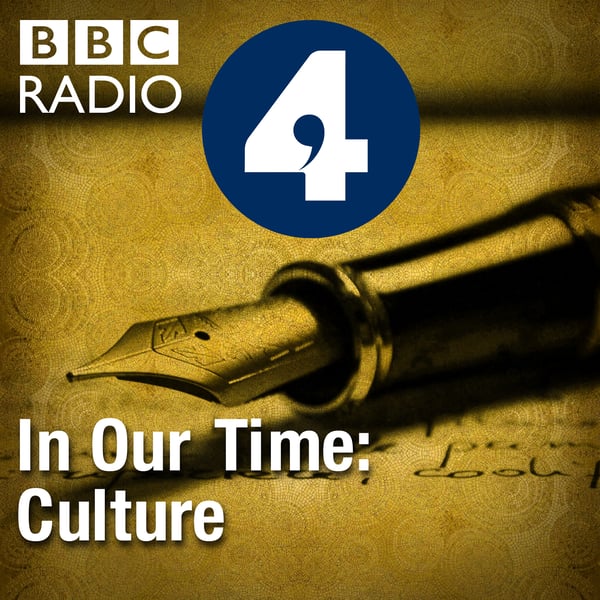The Sistine Chapel
In Our Time: Culture
BBC
4.6 • 978 Ratings
🗓️ 28 April 2022
⏱️ 56 minutes
🧾️ Download transcript
Summary
Melvyn Bragg and guests discuss the astonishing work of Michelangelo (1477-1564) in this great chapel in the Vatican, firstly the ceiling with images from Genesis (of which the image above is a detail) and later The Last Judgement on the altar wall. For the Papacy, Michelangelo's achievement was a bold affirmation of the spiritual and political status of the Vatican, of Rome and of the Catholic Church. For the artist himself, already famous as the sculptor of David in Florence, it was a test of his skill and stamina, and of the potential for art to amaze which he realised in his astonishing mastery of the human form.
With
Catherine Fletcher Professor of History at Manchester Metropolitan University
Sarah Vowles The Smirnov Family Curator of Italian and French Prints and Drawings at the British Museum
And
Matthias Wivel The Aud Jebsen Curator of Sixteenth-Century Italian Paintings at the National Gallery
Producer: Simon Tillotson
Transcript
Click on a timestamp to play from that location
| 0:00.0 | BBC Sounds, music, radio podcasts. |
| 0:05.0 | Thanks for downloading this episode of In Our Time. |
| 0:07.5 | There's a reading list to go with it on our website, |
| 0:09.6 | and you can get news about our programs if you follow us on Twitter at BBC in our time. |
| 0:14.8 | I hope you enjoy the programs. |
| 0:16.8 | Hello in 5006, Pope Julius II gave Michelangelo the chance to create arguably |
| 0:21.8 | the greatest work of art in his time or since, the ceiling |
| 0:25.3 | of the Sistine Chapel. For the papacy his achievement was a bold affirmation of the |
| 0:30.0 | spiritual and political status of the Vatican and of the Catholic Church. |
| 0:34.5 | For Michelangelo, famous then as a sculptor of David, it was a test of skill, of stamina, and |
| 0:40.3 | of the potential for art to amaze realized in his astonishing mastery of the human form. |
| 0:45.8 | With me to discuss the Sistine Javelar, Sarah Vowles, the Smyrnaudov family curator of Italian and French |
| 0:51.9 | prints and drawings at the British Museum, |
| 0:54.4 | Mathias Wibble, the Ordage Jebston and curator of 16th century Italian paintings at the National Gallery, |
| 1:00.3 | and Catherine Fletcher, Professor of History at Manchester Metropolitan University. |
| 1:04.6 | Catherine Fletcher, who built the Sistine Chapel and why did he build it? |
| 1:08.8 | The chapel takes its name from Pope Sixes the 4th who was the uncle of Julius the second. |
| 1:14.2 | So we're actually going back to the paper C that runs from 1471 to 1484. |
| 1:20.6 | And Sixtus was one of a series of popes in later Renaissance Rome who was |
| 1:25.8 | interested in really glorifying the city. Now the Vatican complex obviously |
| 1:30.0 | been around for some time the old Capella Majori was not in a best state and |
| 1:35.8 | sixters decided to build a new magnificent chapel to replace it. Now this would not |
... |
Please login to see the full transcript.
Disclaimer: The podcast and artwork embedded on this page are from BBC, and are the property of its owner and not affiliated with or endorsed by Tapesearch.
Generated transcripts are the property of BBC and are distributed freely under the Fair Use doctrine. Transcripts generated by Tapesearch are not guaranteed to be accurate.
Copyright © Tapesearch 2025.

